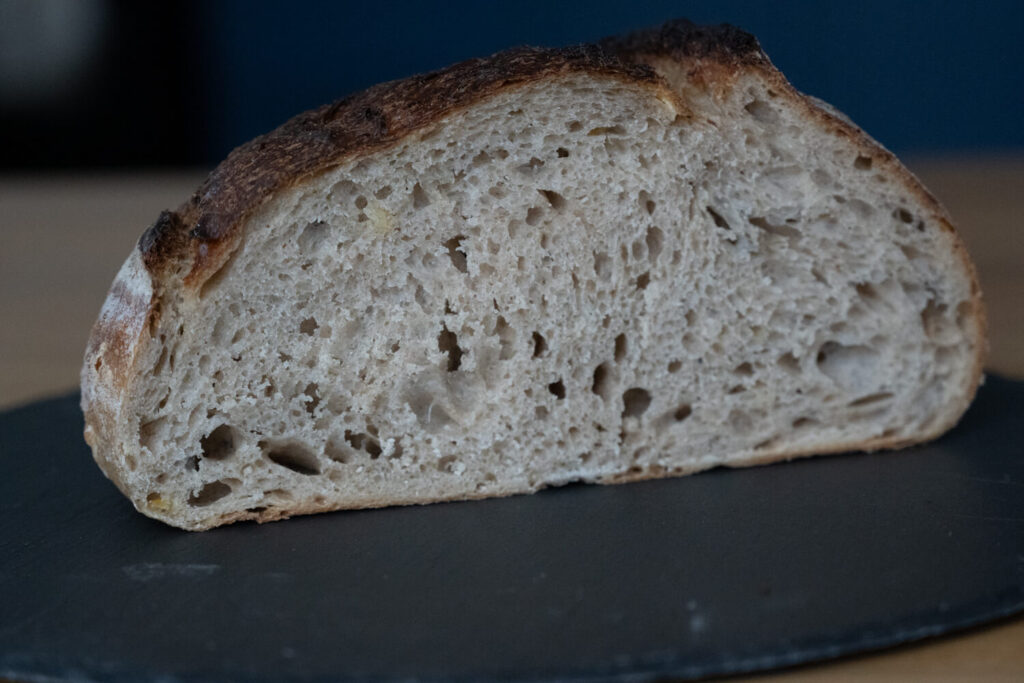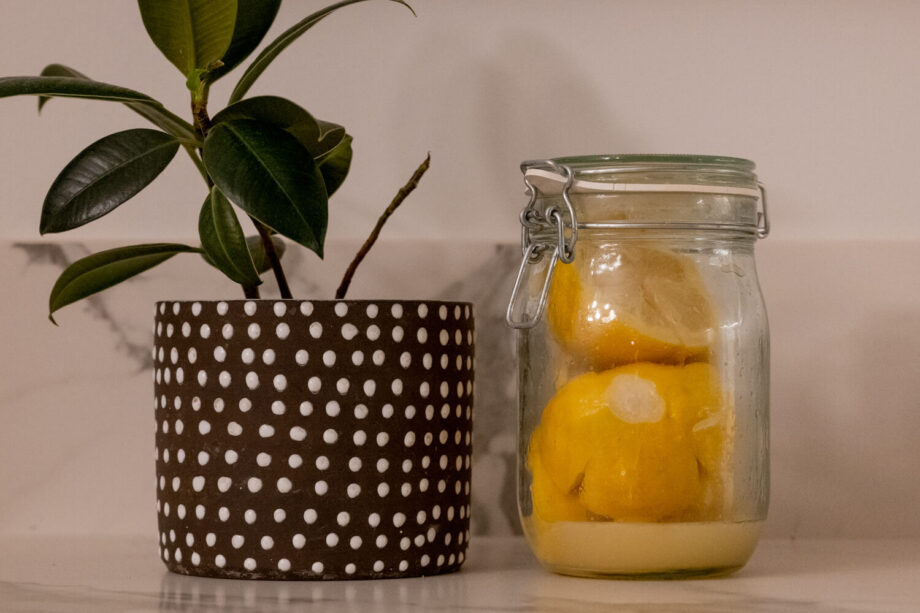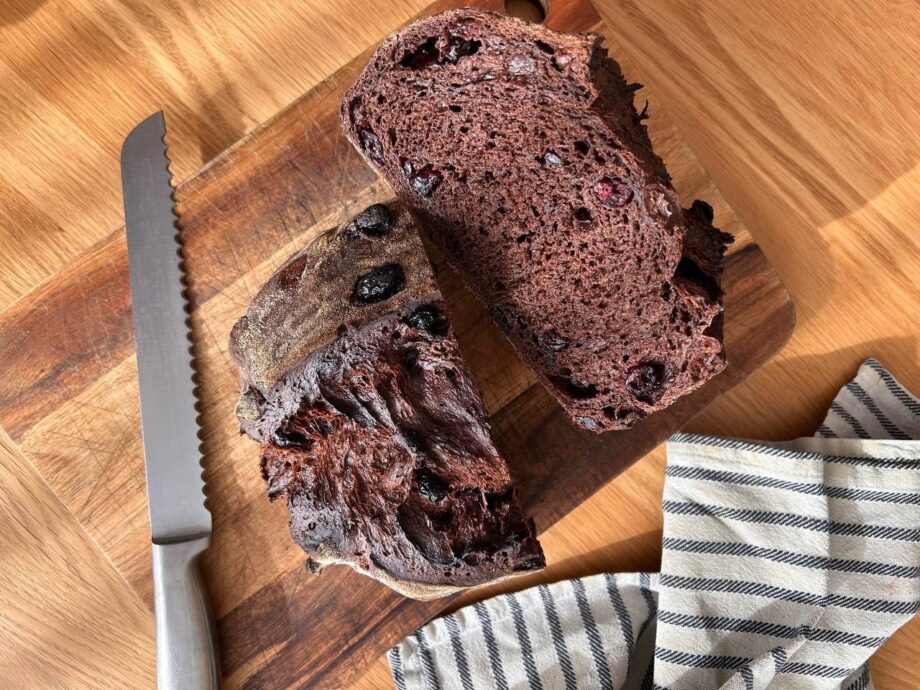
I’ve always wanted to experiment with unusual flavors in bread: sweet, sour, and bitter, while also exploring different textures. Some classic combinations you often hear about are jalapeño and cheddar, or chocolate and cherries. While these are undoubtedly delicious, I wanted to try something more local and perhaps more unique. And so my quest began: I started cataloging everything that grows in the northern hemisphere. There were vegetables like celeriac, beetroot, and celery; berries like blueberries, wild strawberries, and juniper. We have many varieties of mushrooms growing here, and I’ve already done quite a bit of experimenting with mushroom bread. I considered plants like rhubarb, and even tree bark. But then I glanced at my shelf of fermented goods and spotted a jar of lacto-fermented lemons. Why not? Even though lemons don’t grow in Estonia, fermented lemons are a fantastic addition to many dishes, and I thought they might make an interesting addition to… sourdough. Yes, sour (and salty) lemons in a sourdough bread.
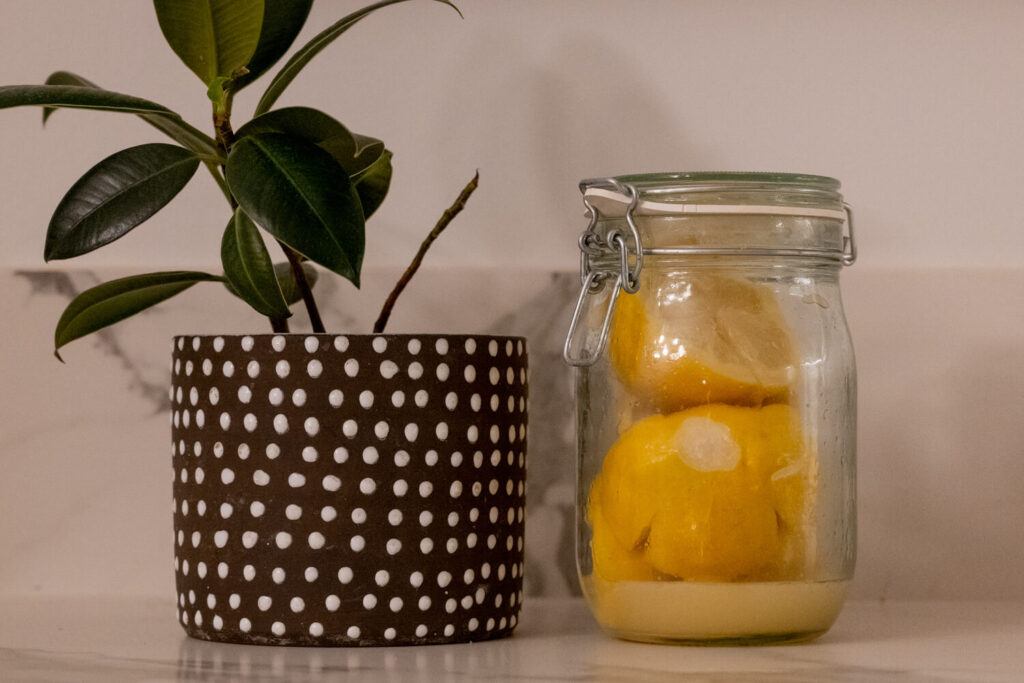
One ingredient that pairs beautifully with lemon is rosemary, with its notes of pine, resin, and forest. This connection led me to the perfect companion ingredient: young pine needles. Last April, I went foraging and gathered a handful of them. When young, pine needles are very tender and citrusy, and can be used in many different ways, from brewing herbal tea to seasoning meat. I keep them in my freezer.
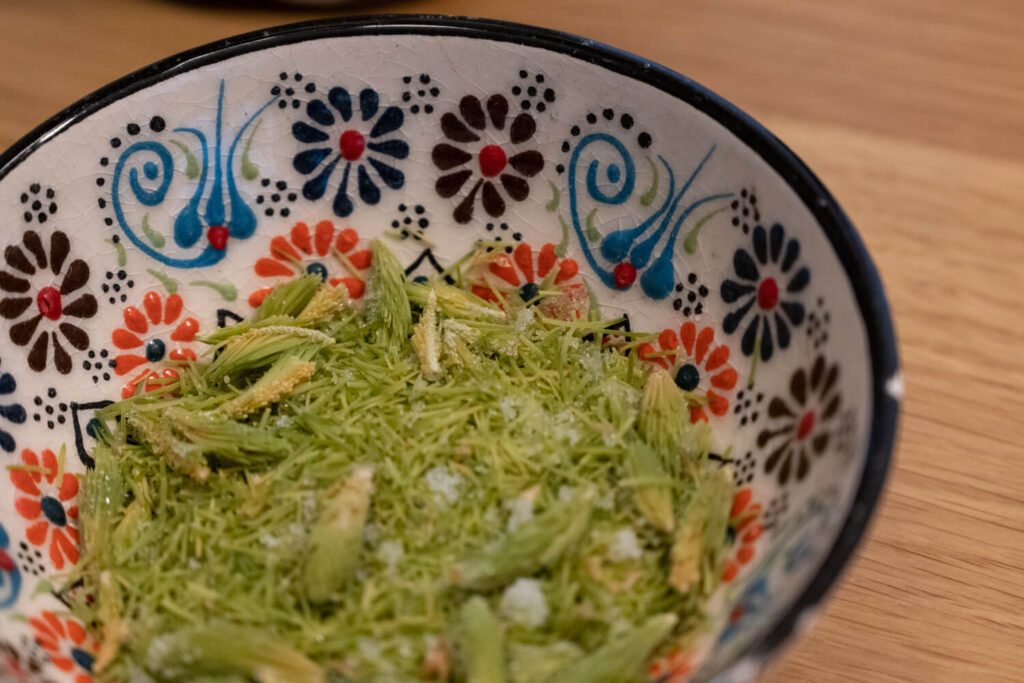
How does the final product taste? I bake with a very fresh starter that doesn’t taste sour at all, and neither does the bread itself. The addition of lemon created a pleasant brightness. It’s important to chop the lemon as finely as possible so the pieces are evenly distributed throughout the dough, preventing any overwhelmingly sour bites. As for the pine needles? Even though I used quite a lot, I couldn’t detect any distinct flavor – they seemed to disappear completely, no matter how hard I tried to find them. Next time, I would use at least 1.5 times more by weight. Now, onto the recipe.
Lacto-fermented lemons
I prefer to use lemons with very thick skin, as these work best in cooking. Fermented lemons are incredibly versatile: you can add them to any salad, breakfast granola with yogurt, or rice and meat dishes. It’s hard to go wrong with them.
The simplest way to ferment lemons is in a 3% brine.
- Thoroughly wash your lemons and cut them into quarters
- Place them in a fermenting vessel
- Put the container on a scale, tare it, and fill with water until the lemons are submerged. Note the weight of the water
- Calculate 3% of the total water weight and add that much salt. For example, if you have 500 grams of water, you’ll need 15 grams of salt
- Leave the jar at room temperature and burp it daily. After a few days, yeast and bacteria will start producing gases that need to be released. In about two weeks, your lemons will be ready to use
To speed up fermentation, I like to add starter from another ferment. I usually have sauerkraut in my fridge, so I just take some of the liquid and add it to other ferments to help kick-start the process.
Recipe
- 100g levain
- 400g of white bread flour
- 100g of whole grain wheat flour
- 350g of water
- 10g of salt
- 21g of young pine needles
- 34g of fermented lemons
I typically use 2.5% salt in baker’s percentage but used slightly less this time because the fermented lemons are already quite salty.
Next time I would use more pine needles, probably around 30g.
For the bread
- Mix the flour and water until roughly combined, cover with a towel, and let rest for 1 hour to autolyse
- Add the levain, salt, pine needles, and fermented lemon, and mix everything together until combined. Cover with a towel and let rest for 30 minutes
- Perform a set of stretches and folds. Cover with a towel and let rest for 45 minutes
- Perform a set of coil folds. Cover again and let rest for 45 minutes
- Perform the final set of coil folds and leave covered
- Depending on your dough, room temperature, and starter activity, the dough might ferment anywhere between 5-12 hours. Monitor how quickly it rises, and when it has increased in volume by approximately 1.8-2x, proceed to the next step
- Turn the dough out onto a lightly floured surface and pre-shape it. Let it rest for about 20 minutes. At this point, I don’t cover the dough, allowing it to dry slightly on the surface. This makes it easier to shape later
- Shape your dough, place it in a banneton, cover with a plastic bag or towel, and refrigerate for bulk fermentation
I usually start making the dough in the morning and place it in the fridge around 5-6 PM. Depending on my schedule the next day, I can bake it either in the morning or evening – timing is flexible at this stage.
